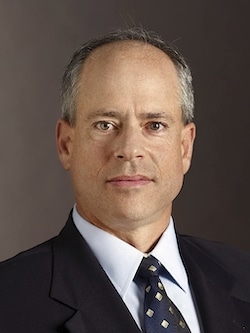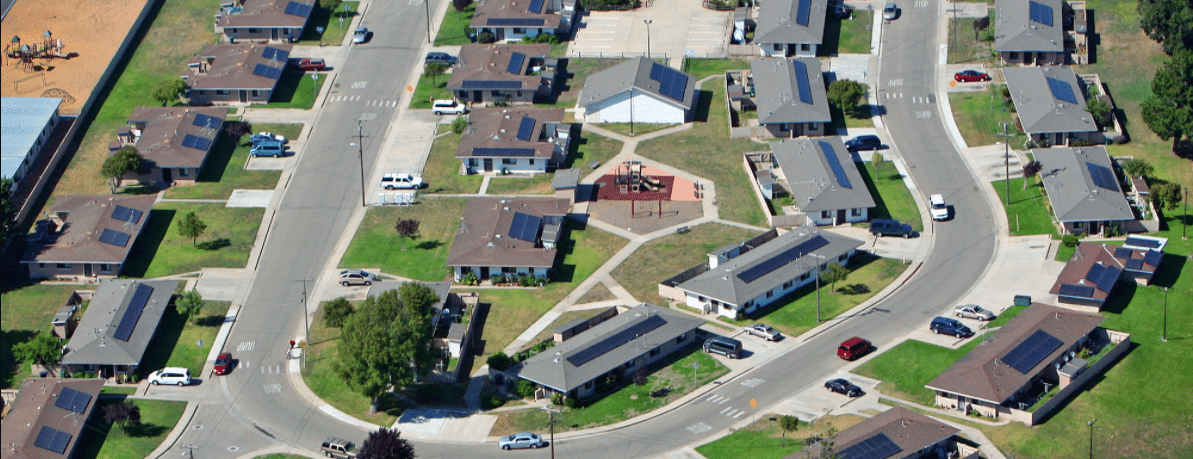By Craig Lewis, Clean Coalition
 For more than a decade, California’s energy regulators have been preparing for the retirement of conventional power plants along our coast. The plants slated to be closed soon rely on a technology called once-through cooling, which is widely recognized as harmful to marine life. Yet despite having enjoyed a long timeline to enable a smooth transition away from these fossil fuel plants, California’s grid operator has begun to sound the alarm.
For more than a decade, California’s energy regulators have been preparing for the retirement of conventional power plants along our coast. The plants slated to be closed soon rely on a technology called once-through cooling, which is widely recognized as harmful to marine life. Yet despite having enjoyed a long timeline to enable a smooth transition away from these fossil fuel plants, California’s grid operator has begun to sound the alarm.
With a number of these plants scheduled to retire in 2020 and 2021, California’s energy regulators have begun issuing dire warnings that these long-expected retirements in fossil fuel generation could leave the Golden State at risk of power shortages and grid instability. What’s more, the California Independent System Operator (CAISO) is pointing the finger at distributed clean local energy resources like rooftop solar and energy storage — erroneously claiming these resources cannot deliver power when the grid needs it most.
The reality is that clean local energy resources like solar on rooftops and parking lots that is combined with energy storage are an integral part of the energy future, including the design and operation the grid. Regulators need to embrace these distributed energy resources (DER) and remove nonsensical barriers that currently prevent DER from providing much-needed Resource Adequacy (RA). Instead of scapegoating local solar and storage, it’s time to unleash their full potential.
Currently, DER like local renewables+storage — generally referred to as hybrid resources — are barred from participating in California’s RA market. The barrier to their participation is entirely regulatory, not one of technical capability or cost. Despite repeated attempts by market participants, the California Public Utilities Commission (CPUC) has failed to allow hybrid resources to qualify for RA. Meanwhile, more than 30,000 MW of hybrid resources are in CAISO’s interconnection queue with no path to market.
Solar customers are increasingly installing batteries. Across the state this has the potential to add 9,000 MW of reliable, firm, and dispatchable capacity, according to a paper published by Station A, in collaboration with Stem and Sunrun, in March 2019. Taken together, hybrid resources, both in front of and behind the meter, hold the very real potential to provide more than enough capacity to meet current and future shortfalls. However, without a clear path to capacity value like RA, development will slow and many promising projects will die on the vine.
Instead of moving to harness these clean local energy resources, the CPUC and CAISO are now pushing for four gas-fired power plants along California’s southern coast to be kept open for an additional three years. Combined, these plants produce 3,750 MW of electricity capacity for the grid. This is not necessary. California has known for over a decade that these fossil plants were set to close, and we currently have plenty of new clean electricity capacity waiting in line. If the local renewables+storage were properly valued and brought online, these polluting fossil fuel plants could easily retire on schedule. California has faced similar challenges in the past, and the CPUC’s forward-looking policies have led to significant storage procurements from Southern California Edison (SCE) and San Diego Gas & Electric (SDG&E), both in front of and behind the meter.
In June 2013, the San Onofre Nuclear Generating Station (SONGS) closed permanently, which took 1,100 MW of capacity offline. In response, the CPUC ordered SCE and SDG&E to procure a blend of energy storage, demand response, energy efficiency, renewables, and natural gas to replace that capacity. The CPUC set a 50 MW target for energy storage, which was ambitious at that time.
SCE and SDG&E have since exceeded that 50 MW target by 600%, procuring 349 MW of capacity to offset the SONGS closure. SCE procured 261 MW of energy storage — 160 MW of which is behind the meter — and SDG&E procured 88 MW.
The CPUC knows that these technologies work, as evidenced by the aggressive energy storage mandate the agency set in October 2013 for 1.325 GW of capacity by 2024. Today, in 2019, utilities across the state have met this goal ahead of schedule.
DER in the form of local solar, energy storage, and demand response technologies have the ability to provide the capacity California’s grid needs — if regulators will get out of the way. Unlocking the power of these local resources provides additional benefits. Clean local energy can be brought online more quickly than large, centrally located energy generation. DER also stage for community resilience that is simply not possible from energy that is generated far way — and lower the need for costly transmission investments while creating local jobs. Hence, local renewables and energy storage provide unparalleled economic, environmental, and resilience benefits to communities across the state.
Recently, the CPUC moved to expand funding for the Self-Generation Incentive Program (SGIP) to increase battery deployment in low-income and fire-prone regions. This is a step in the right direction. Now let’s use DER to their full and unparalleled potential to meet the needs of communities and the grid.
Craig Lewis is the founder and executive director at Clean Coalition
The views and opinions expressed in this article are the author’s own, and do not necessarily reflect those held by pv magazine.
This content is protected by copyright and may not be reused. If you want to cooperate with us and would like to reuse some of our content, please contact: editors@pv-magazine.com.








By submitting this form you agree to pv magazine using your data for the purposes of publishing your comment.
Your personal data will only be disclosed or otherwise transmitted to third parties for the purposes of spam filtering or if this is necessary for technical maintenance of the website. Any other transfer to third parties will not take place unless this is justified on the basis of applicable data protection regulations or if pv magazine is legally obliged to do so.
You may revoke this consent at any time with effect for the future, in which case your personal data will be deleted immediately. Otherwise, your data will be deleted if pv magazine has processed your request or the purpose of data storage is fulfilled.
Further information on data privacy can be found in our Data Protection Policy.